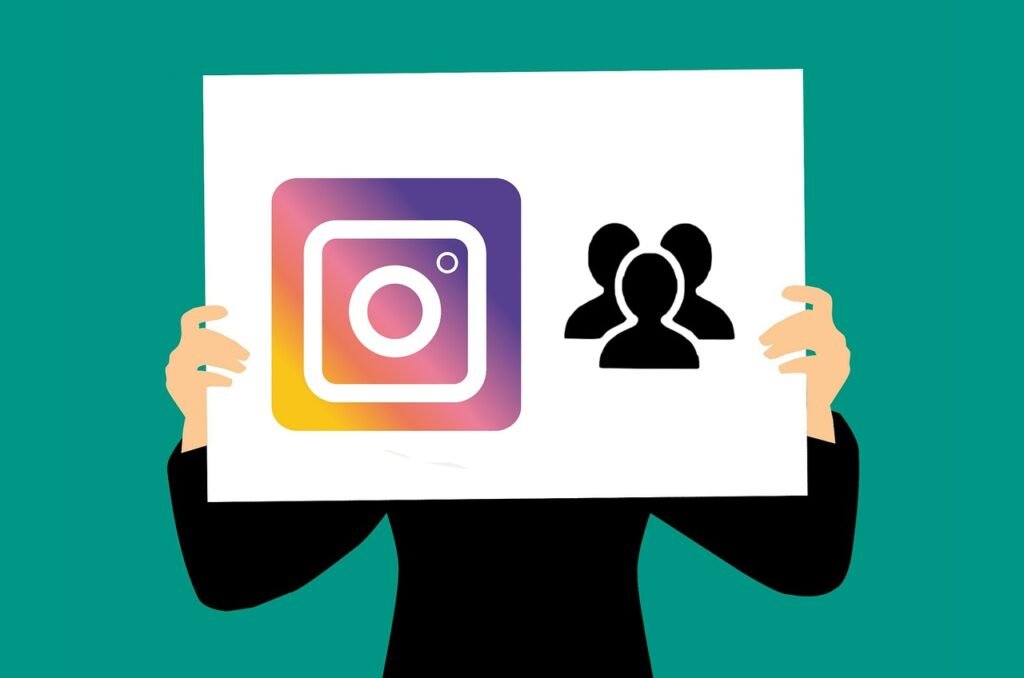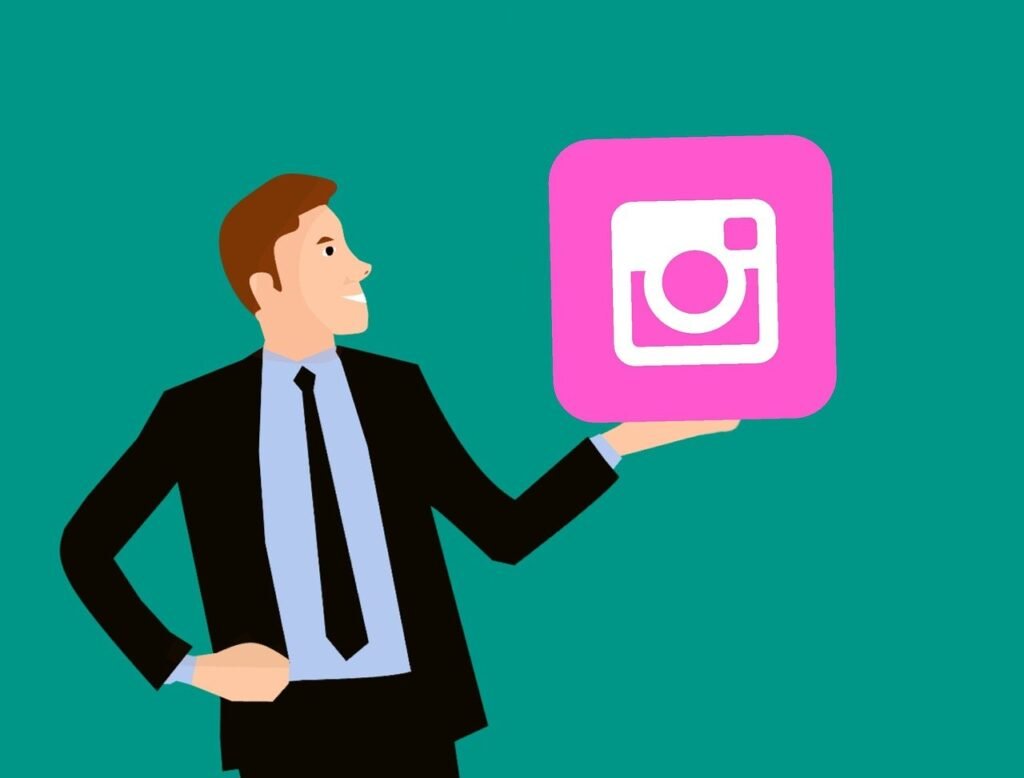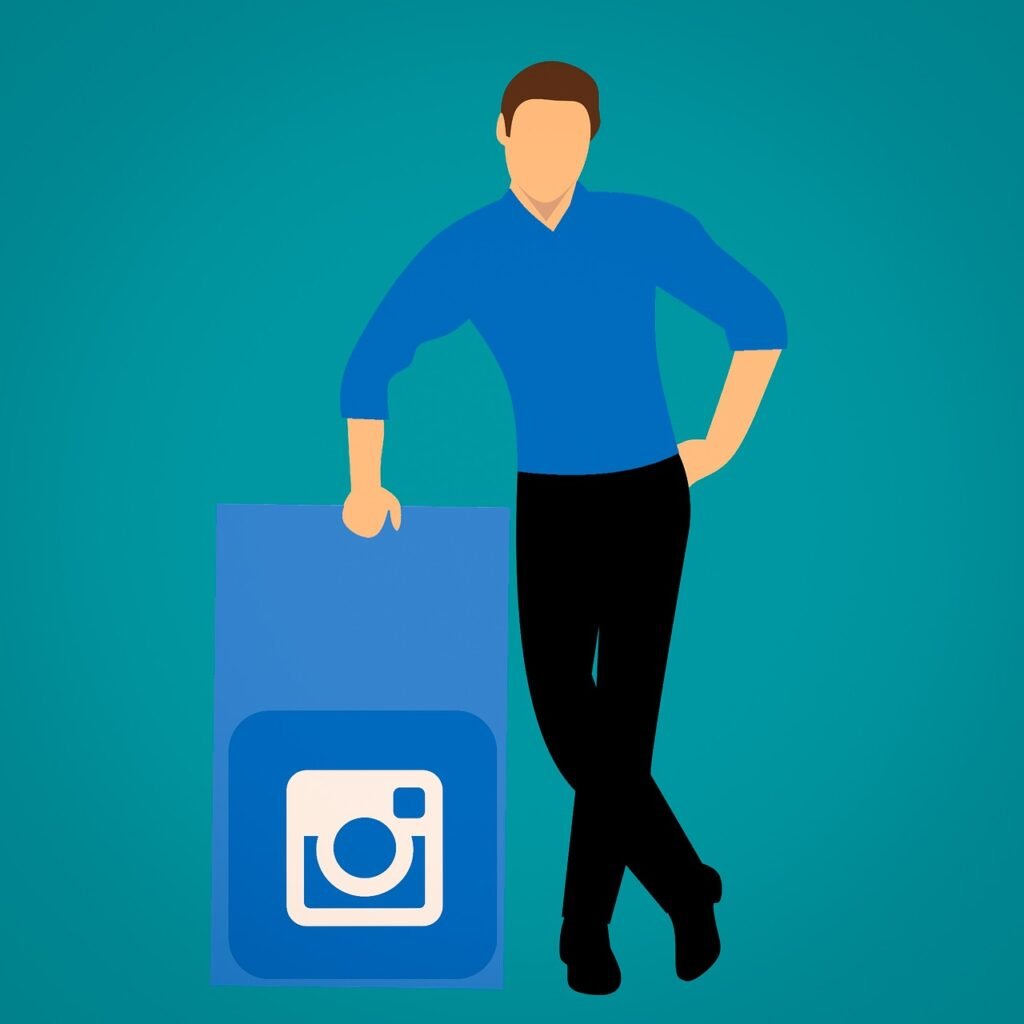So, you’ve decided to venture into the world of logo design freelancing, but you’re not quite sure where to start. Don’t worry, we’ve got you covered! In this article, we’ll provide you with valuable tips and guidance on how to kickstart your logo design freelancing career, even if you’re a beginner. From honing your design skills to building a strong portfolio, we’ll equip you with the essential knowledge to confidently take your first steps into the exciting world of logo design freelancing. Let’s dive in and get started!

Choosing the right skills
As you begin your journey into logo design freelancing, it’s crucial to develop a strong foundation in design principles. Understanding the fundamentals of composition, typography, and balance will provide you with a solid groundwork to create visually appealing and effective logos. Take the time to study design theory and explore different design styles to broaden your creative horizons.
In addition to mastering design principles, it’s equally important to become proficient in digital design tools. Software like Adobe Illustrator, Photoshop, and Canva are widely used in the industry. Familiarize yourself with these tools and practice using them to bring your designs to life. The more comfortable you become with these digital design tools, the more efficient and professional your work will be.
Another aspect to consider in logo design is the psychology of color. Different colors evoke different emotions and associations, so understanding the impact of color on human perception can greatly enhance the effectiveness of your logo designs. Do thorough research on color theory and experiment with different color combinations to create impactful and visually appealing logos.
To master logo design, take the time to study successful logo designs. Analyze renowned logos from various industries and understand why they are considered successful. Pay attention to their use of typography, color, and shape, and how they effectively communicate the brand’s identity. This study will provide you with valuable insights and inspiration for your own logo designs.
Building a portfolio
To attract clients and showcase your abilities as a logo designer, having a comprehensive and visually appealing portfolio is essential. Create a variety of logo designs that demonstrate your versatility and range as a designer. Aim to include both personal projects and client work in your portfolio to showcase your ability to work with different design briefs and styles.
In today’s digital age, having an online presence is crucial. Create a professional website where you can showcase your logo designs. Use a clean and intuitive layout that allows potential clients to easily navigate through your portfolio. Including a brief description of each project and the design process behind them can also provide valuable context for clients.
Seeking feedback and constantly improving is a vital part of building a successful portfolio. Share your work with fellow designers, mentors, or online design communities and ask for their honest critique. Use their feedback to refine your designs and strive for continuous improvement. Remember, a strong portfolio is a reflection of your skills and professionalism, so investing time and effort into its development is highly beneficial.
Setting up your business
As a freelance logo designer, it’s important to treat your work as a business. Start by choosing a business name that reflects your brand identity and resonates with your target audience. Make sure to research and ensure that the chosen name is not already in use.
Next, register your business with the appropriate authorities in your jurisdiction. This step is necessary to establish yourself as a legitimate business entity and protect your personal assets. Consult with a legal professional or local business bureau to ensure you comply with all necessary requirements.
Depending on your location and the scope of your work, you may need to obtain specific licenses and permits. Research the local regulations and industry requirements to ensure you are operating legally. This step will provide you and your clients with the confidence that you are a professional and legitimate logo designer.
To establish a professional online presence and showcase your work, set up a dedicated website for your business. Ensure that it is user-friendly, visually appealing, and provides potential clients with all the necessary information about your services, portfolio, and contact details. This online platform will be the face of your business and a valuable tool for attracting clients.
Finding clients
Utilizing online freelancing platforms can be an effective way to find logo design clients. Sign up for reputable platforms such as Upwork, Fiverr, or Freelancer and create a compelling profile that highlights your skills and experience. Be proactive in applying for relevant projects and submit proposals that showcase your understanding of the client’s needs and your ability to deliver high-quality logo designs.
Networking with other professionals in the design industry can also lead to client referrals. Attend industry events and conferences to meet fellow designers, marketers, and business owners who may require logo design services. Building relationships and expanding your professional network can open up new opportunities for client acquisition.
Collaborating with other freelancers is another avenue to explore. Partnering with web developers, copywriters, or social media managers can lead to joint projects and referrals. Seek out freelancers whose services complement yours, and explore collaboration possibilities that can benefit both parties.

Setting your rates
Determining your pricing structure can be a challenging task. Research industry standards and analyze the rates charged by other logo designers with similar experience and skills. Take into consideration factors such as the complexity of the project, the timeline, and the client’s budget when setting your rates.
While it’s important to be competitive and affordable, it’s equally crucial to ensure fair compensation for your time and expertise. Balance affordability with the value you bring as a professional logo designer. Consider offering different pricing packages that cater to a variety of client needs and budgets.
Remember, as your skills and reputation grow, you can gradually increase your rates to reflect your expertise and value. Regularly review your pricing structure and adjust it accordingly to ensure that you are fairly compensated for your work.
Communicating with clients
Effective communication is key to building successful client relationships. Begin by asking the right questions to fully understand the client’s needs, preferences, and brand identity. A thorough understanding of their requirements will enable you to create logo designs that align with their vision.
Provide clear timelines and deliverables to manage client expectations. Clearly communicate the project milestones, deadlines, and any additional services or deliverables included in your agreement. Setting clear expectations from the beginning will minimize potential misunderstandings and ensure a smooth working relationship.
Maintain regular and professional communication with your clients throughout the logo design process. Provide progress updates, seek input and feedback, and respond promptly to any inquiries or concerns they may have. Keeping the lines of communication open and transparent will foster trust and confidence in your professionalism.

Managing client projects
Creating contracts and agreements is a crucial step in managing client projects. Clearly outline the scope of work, deliverables, timelines, and payment terms in a written agreement. This agreement should protect both you and your client and serve as a reference throughout the project.
Setting milestones and deadlines is essential to keep projects on track. Break down the logo design process into manageable phases and establish specific deadlines for each milestone. This structured approach will help you stay organized and ensure that the project progresses smoothly.
Managing client revisions and feedback requires effective communication and flexibility. Be open to incorporating client feedback into your designs and provide revisions in a timely manner. Balancing your professional expertise with the client’s vision will result in logo designs that meet their expectations.
Providing excellent customer service throughout the project is essential for a positive client experience. Be responsive, attentive, and proactive in addressing any concerns or issues that may arise. Going above and beyond to exceed client expectations will not only result in satisfied clients but also increase the likelihood of repeat business and referrals.
Continuous learning and improvement
Logo design is an ever-evolving field, so it’s important to stay updated on design trends and industry best practices. Follow design blogs, websites, and social media accounts that provide insights into the latest design trends. Participate in workshops, courses, and webinars to expand your knowledge and skills.
Seek feedback and constructive criticism from fellow designers, mentors, or design communities. Embrace feedback as an opportunity for growth and improvement. Incorporate the feedback into your work, and continuously strive to refine your designs and techniques.
Stay open to embracing new design techniques and tools. The design industry is constantly evolving, and adopting new technologies and workflows can enhance your efficiency and creativity as a logo designer. Experiment with new design tools and techniques, and don’t be afraid to step outside your comfort zone.
Promoting your freelance business
Use social media to showcase your logo designs and attract potential clients. Create accounts on platforms such as Instagram, Behance, or Dribbble, and regularly update them with your latest work. Engage with your followers, participate in design communities, and leverage hashtags to reach a wider audience.
Creating a strong online presence is crucial for attracting clients. Optimize your website for search engines by using relevant keywords and regularly updating your content. Consider starting a blog where you can share industry insights, design tips, and case studies. This will position you as an authority in your field and drive traffic to your website.
To attract new clients, consider offering limited-time promotions or discounts. These temporary incentives can entice potential clients to try your services and build a client base. Encourage satisfied clients to provide testimonials and consider offering referral incentives to encourage word-of-mouth marketing.
Managing your time and finances
As a freelance logo designer, managing your time effectively is crucial. Set goals and prioritize tasks to stay organized and focused. Use project management tools or digital calendars to schedule your work and ensure that deadlines are met. Regularly assess your progress and adjust your tasks as needed to meet your goals.
Tracking and managing your finances is essential to ensure the long-term success of your freelance business. Use accounting software or spreadsheets to keep track of your income and expenses. Set aside funds for taxes, business expenses, and personal savings. Consider consulting with an accountant or financial advisor to ensure that you are managing your finances efficiently.
Allocate time for marketing and client acquisition. Set aside dedicated hours each week to promote your services, reach out to potential clients, and engage with your online audience. Consistency and persistence in your marketing efforts will increase your visibility and attract a steady stream of clients.
Maintaining a healthy work-life balance is crucial to prevent burnout and ensure long-term satisfaction as a freelancer. Set boundaries between work and personal life, and honor them. Prioritize self-care, hobbies, and quality time with loved ones. Remember, a balanced and fulfilling life outside of work will ultimately enhance your creativity and productivity as a logo designer.